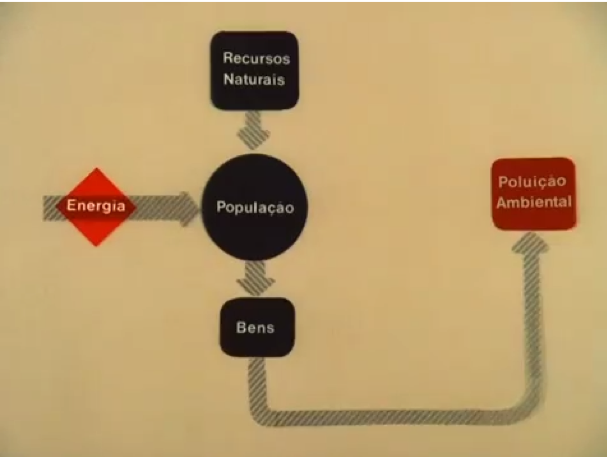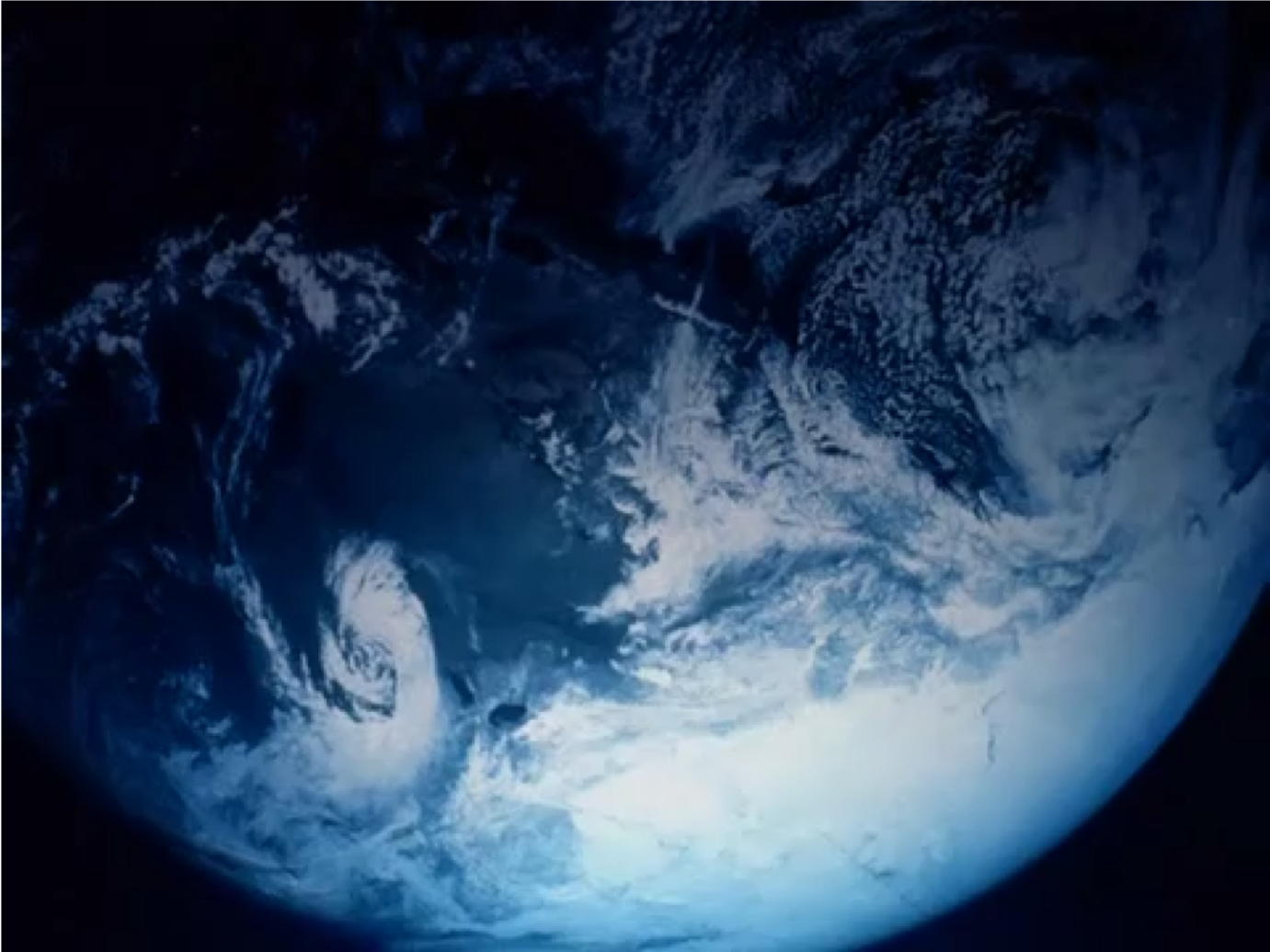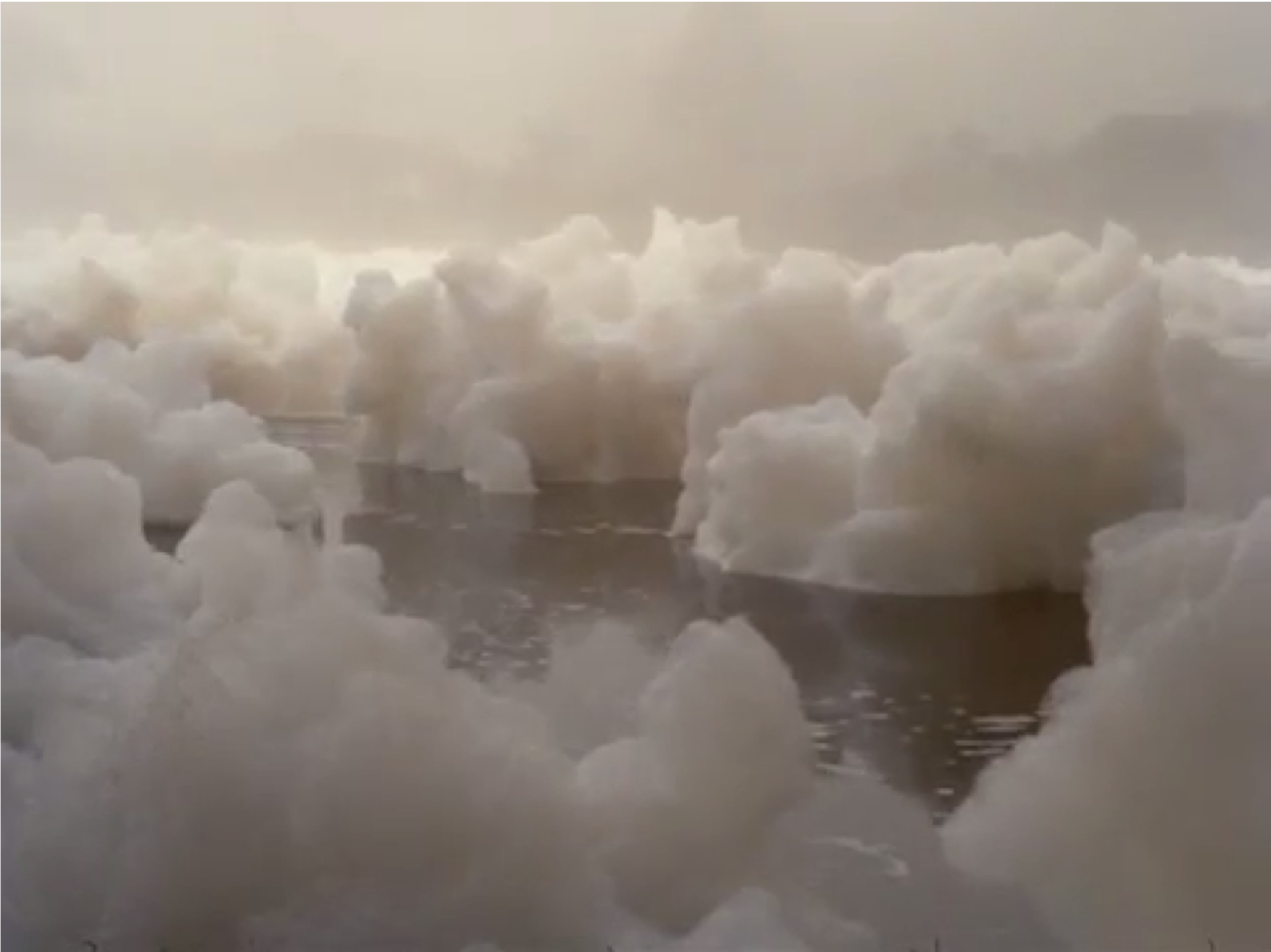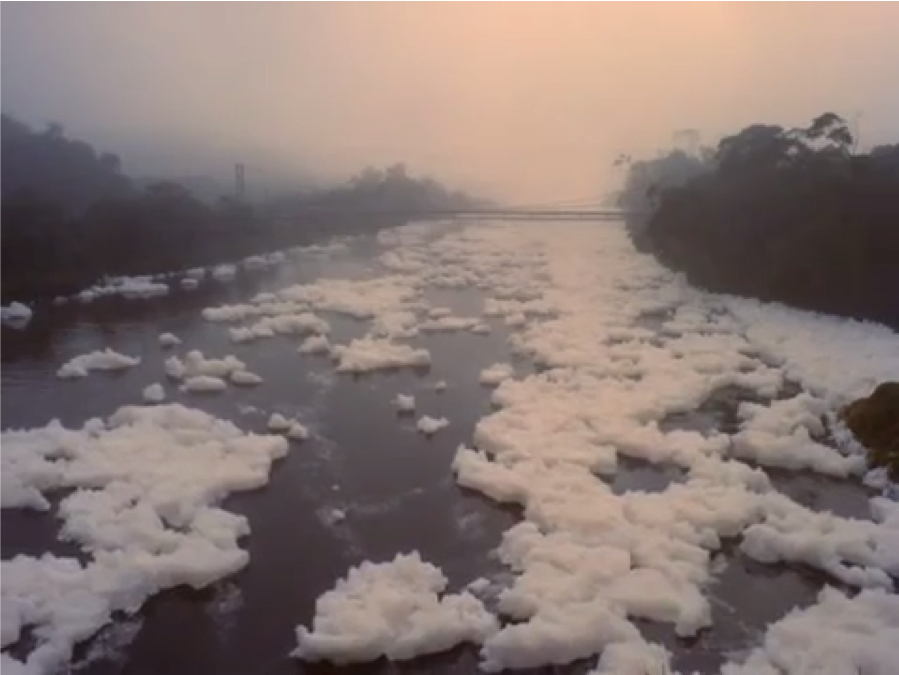Fuel Cuts, Part 3: Film Form and the Capitalocene
May 31, 2019
Nancy Lee Roane
Written by Dr. Sarah Ann Wells
This essay is the third to a four-part series on the social dimensions of energy use. Here is the introduction written by series editor Nancy Lee Roane and Part 2 by Cory Knudson.
------
For the UN’s First Annual Conference on the Human Environment (Stockholm, 1972), Brazilian filmmaker Leon Hirszman (1937-1987) was contracted to make two short films to address the conference’s chief concerns: global warming, the search for renewable energy sources, and the consequences of untrammeled urban and agricultural expansion. Minor works from one of Brazil’s most lauded filmmakers, “Megalopolis/Megalópolis” and “Ecology/Ecologia” grapple with problems that would only become more urgent in the decades that followed.

These seemingly didactic and unremarkable ecological shorts also offer a prescient entry into the problem of human labor and ecological crisis, until recently often posited as an either/or opposition. Revisiting Hirszman’s filmography through the lens of climate change and energy transfers, we uncover an insistent, if unremarked, preoccupation with the relationship between land and labor, between natural and human ecologies, and with the zone where Anthropocene meets Capitalocene.[1] We also find Hirszman searching for a film form to capture this tension: between human labor as productive energy force and ecological catastrophe as its other face.
The approach he arrived at was dialectical. On one hand, the aerial shot, or view from above, indexes change in both films, including the industrial revolution and large-scale industrial agriculture: patchworks of razed fields, cities bursting at the seams and, not surprisingly, the famous “blue marble” shot of the earth. The blue marble icon had its recent debut in the press and was quickly incorporated into cinema; it was fast becoming a topos and cliché of still and moving images of planetarity.[2] (Its appearance in the shorts was meant to line up with the slogan of the 1972 Stockholm Conference, “there is only one earth.”)

This kind of vertical shot may indeed speak to a kind of mastery — as Hito Steyerl argues in The Wretched of the Screen — but surely this depends on how one employs it. It can also be one of cinema’s means of apprehending, through spatialization, slow violence. It presents a possible response to the question, asked by scholars and artists alike, of how to make sense of stark change: through what vantage point?[3] Through distance, we sense the filmmaker attempting to explore deep time, including the accretional process of erosion; and centuries-old problems like the devastation of forests through rapacious, constantly updated forms of agriculture. All of these, not coincidentally, speak to systems of human exploitation in the form of both slavery and ‘free’ labor — a longstanding concern for Hirszman.

Juxtaposed with these views from above, we find another, quite different strategy: images of formlessness, seen closer to the surface. In one striking sequence in “Ecologia,” an informative and explanatory voiceover on environmental degradation is followed immediately by an image that is, in contrast, difficult to make out. What appears to be the movement of fluffy clouds, we come to understand, is actually the residues of accumulated pollution, floating down the River Tietê, one of the principal waterways in Southern Brazil (later voted the world’s most polluted river in 2010 by National Geographic). The film reveals that these cloud-like formations, almost glacier-like in their beauty, are actually contaminating foam that destroys living organisms in the waterways by curtailing the circulation of oxygen.
These amalgamations of pesticides from industry, agriculture, and daily life are non-biodegradable; they cannot be removed from the water system, even by that powerful agent (per Latour), bacteria. In the process, rivers — the voiceover tells us over a shot of a waterway slick with oil — are “becoming biological deserts.” The impact of the sequence comes from its close attention to the texture of slow violence and the surprise it elicits in the viewer. Spectacle seems an ineffective term for the shock and arrest produced by the denunciation with and through the formless here.
As a counterpoint to the blue marble, I see this formless foam as also indexing a related tension running through 20th-century leftist production: between the desire to valorize human labor and industry as a source of infinite power and energy, on one hand; and a preoccupation with how the landscape is instrumentalized and destroyed by the combination of human and machine labor (itself also instrumentalized), on the other. One image marvels, albeit critically, at anthropotecnics at a distance. The other asks about its outcomes from its seemingly ungraspable and insidious violence.

Hirszman is a central figure in the book I’m writing on cinema and labor in Brazil, which takes as its departure point the 1970s, a pivotal moment in global and national capitalism, as well as the discourse on climate change. In Brazil, it is the 1970s when both labor as an organized force, and environmentalism as a problem, entered the public sphere — including television, cinema, and the mainstream press, as well as social movements, the alternative press, and the university. The intensification of untrammeled urbanization, warning signs that cheap natures might not always be so readily available (e.g., oil crises) and the environmental devastation encouraged by the military dictatorship: all fomented the possibility for an alliance between leftist praxis and ecological imperatives.
Like many 20th-century artists on the left, Hirszman struggled with this alliance. He wanted to valorize human labor and position landscape as a surface for its inscription; at the same time, he was increasingly preoccupied with the ways in which this landscape was instrumentalized and destroyed by the combination of human and machine labor. This struggle was particularly acute in the Global South, and it would continue to inflect global discussions of environmental injustice up to and including the present.
In the years following his death, and with increasing urgency, scholars, artists, and activists have shown how the relationship between exploiting human labor and the exploitation of the world’s resources is, in fact, the crux of climate change. Through the work of scholars like John Bellamy Foster, Jason W. Moore, Andreas Malm, Anna Tsing, and others, we now have a robust theorization of the intricate relationship between these ostensible oppositions. Yet the productive tension is not something that can be easily resolved in Hirszman, and this is precisely why it interests me. His shorts warn us against reproducing what Christophe Bonneuil and Jean-Baptiste Fressoz call a “fable of awakening,” whereby we would discard the modernist and militant past in favor of a seemingly more enlightened present, our own. We continue to grapple with the problem of how to narrate — or visualize — the problems he apprehended.
------
[1] Dating — the problem of origins — is, of course, one of the points of contestation between the narrative of the Anthropocene and that of the Capitalocene. For Jason Moore, the Capitalocene begins with the conquest of the New World and the devastation of peoples, species, and ecosystems as the result of colonial expropriation.
[2] See Christopher Potter, The Earth Gazers: on Seeing Ourselves; Alberto Toscano and Jeff Kinkle, Cartographies of the Absolute. The blue marble also indexed a new understanding of the world as a “fragile object to protect,” often through a “free-market environmentalism” (Christophe Bonneuil and Jean-Baptiste Fressoz, The Shock of the Anthropocene: the Earth, History, and Us).
[3] The phrase “slow violence” comes from Rob Nixon’s seminal Slow Violence and the Environmentalism of the Poor (2013), which explores how narrative (here opposed to spectacle) allows us to make sense of environmental injustice.
------
Bio: Sarah Ann Wells is an Associate Professor of Comparative Literature at the University of Wisconsin, Madison. She is the author of Media Laboratories: Late Modernist Authorship in South America (Northwestern, 2017) and co-editor of Simultaneous Worlds: Global Science Fiction Cinema (Minnesota, 2015). She is currently writing a book tentatively titled The Labor of Images: Work and its Discontents in Brazilian Cinema, 1970 to the Present.
